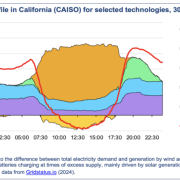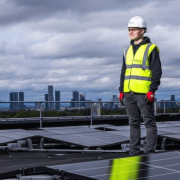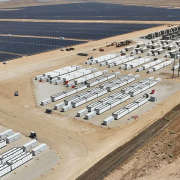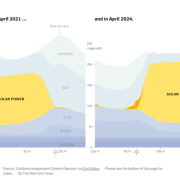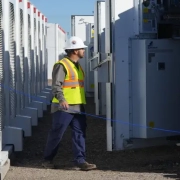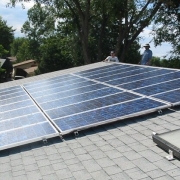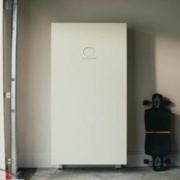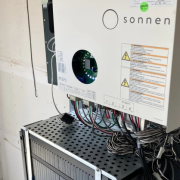As solar energy became a larger and larger portion of California electricity generation, there were rising concerns about the infamous “duck curve.” Solar energy was starting to dominate midday electricity generation, forcing curtailments even, while peak electricity demand in the evening was a tad too late for solar to be helpful.
The core solution, of course, was for batteries to come in and soak up extra midday electricity generation and then disperse it in the evening. Thus, California has installed a lot of battery storage on the grid in the past few years.
Click here to read the full article
Source: Clean Technica
—
If you have any questions or thoughts about the topic, feel free to contact us here or leave a comment below.

